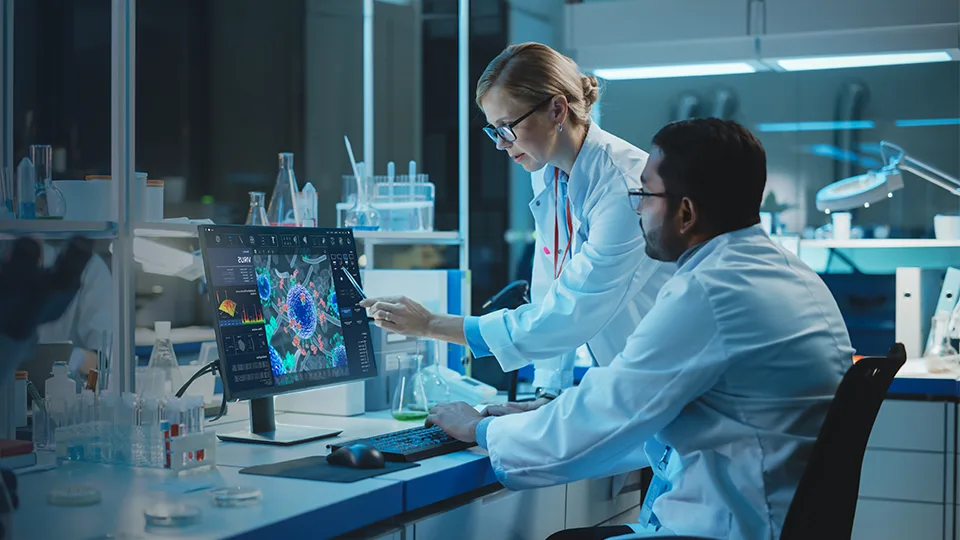Loftus SK, Lundh L, Watkins-Chow DE, Baxter LL, Pairo-Castineira E, Nisc Comparative Sequencing Program, Jackson IJ, Oetting WS, Pavan WJ, Adams DR. A custom capture sequence approach for oculocutaneous albinism identifies structural variant alleles at the OCA2 locus. Hum Mutat. 2021 Oct;42(10):1239-1253. doi: 10.1002/humu.24257. Epub 2021 Aug 1.
Huizing M, Hackbarth ME, Adams DR, Wasserstein M, Patterson MC, Walkley SU, Gahl WA; FSASD Consortium. Free sialic acid storage disorder: Progress and promise. Neurosci Lett. 2021 Jun 11;755:135896. doi: 10.1016/j.neulet.2021.135896. Epub 2021 Apr 20.
Adams D, Toro C, Loscalzo J. Novel Approaches to Diseases of Unknown Etiology. In: Loscalzo J, Fauci A, Kasper D, Hauser S, Longo D, Jameson J. eds. Harrison's Principles of Internal Medicine 21e. McGraw Hill; 2022.
Gahl, WA, Adams, D.R.; Markello, T.C.; Toro, C.; Tifft, C.J. (2019). Genetic approaches to rare and undiagnosed diseases. Nelson textbook of pediatrics. R. Kliegman. Philadelphia, PA, Elsevier: 2 volumes (lxxv, 3827, I3821-I3140 pages).
Adams DR, Menezes S, Jauregui R, Valivullah ZM, Power B, Abraham M, Jeffrey BG, Garced A, Alur RP, Cunningham D, Wiggs E, Merideth MA, Chiang PW, Bernstein S, Ito S, Wakamatsu K, Jack RM, Introne WJ, Gahl WA, Brooks BP. One-year pilot study on the effects of nitisinone on melanin in patients with OCA-1B. JCI Insight. 2019 Jan 24;4(2):e124387. doi: 10.1172/jci.insight.124387. Epub ahead of print.
Adams DR, Eng CM. Next-Generation Sequencing to Diagnose Suspected Genetic Disorders. N Engl J Med. 2018 Oct 4;379(14):1353-1362. doi: 10.1056/NEJMra1711801.


